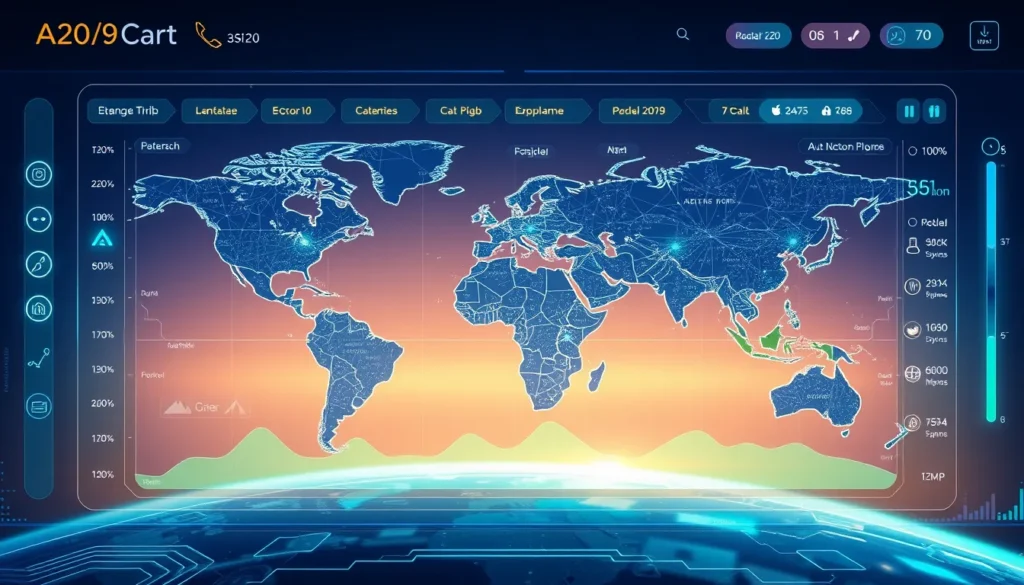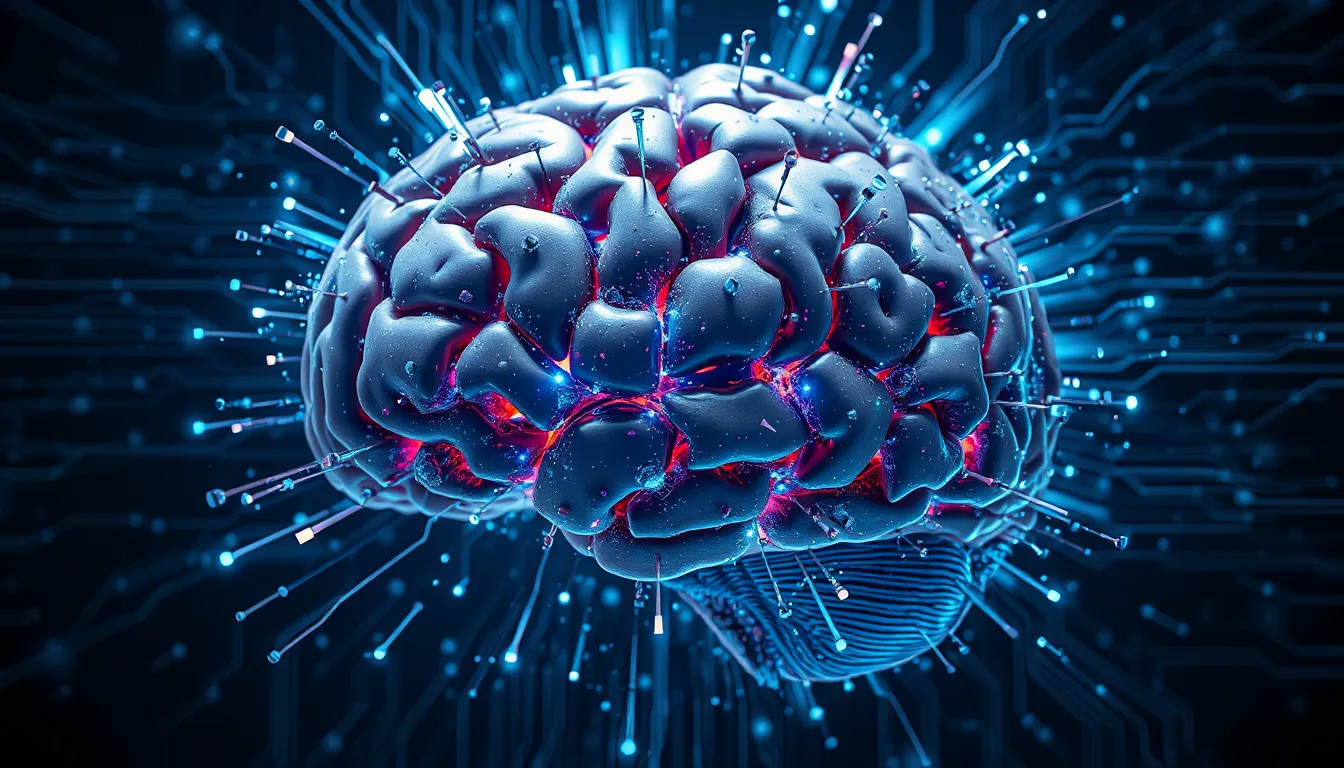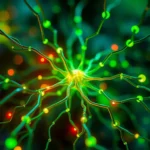Now Reading: Revolutionary AI in Healthcare Diagnostics: Advancing Care
-
01
Revolutionary AI in Healthcare Diagnostics: Advancing Care
Revolutionary AI in Healthcare Diagnostics: Advancing Care

Revolutionary AI in Healthcare Diagnostics: Advancing Care
The integration of artificial intelligence in healthcare diagnostics is reshaping how medical professionals approach patient care. Leveraging advanced algorithms and data analysis, AI in healthcare diagnostics has become a cornerstone in modern medicine, driving efficiency and accuracy in imaging, disease prediction, and overall diagnostic accuracy. In this article, we explore the transformative impact of AI in healthcare, its multiple applications, and the challenges faced along the way.
Introduction to AI in Healthcare Diagnostics
Artificial Intelligence (AI) in healthcare is not just a futuristic concept; it is already revolutionizing diagnostic processes. By utilizing machine learning models and deep neural networks, AI enables improved precision in detecting anomalies in medical images and predicting potential disease outcomes. For instance, AI medical imaging systems can quickly analyze X-rays, MRIs, and CT scans, offering a more consistent evaluation compared to traditional methods. This has a profound impact on timely diagnosis and treatments.
How AI Improves Diagnostic Accuracy
One of the most significant benefits of AI in healthcare diagnostics is its ability to enhance diagnostic accuracy. Here are some key ways AI contributes:
- Faster image analysis: AI systems can process and interpret complex imaging data much faster than human radiologists, reducing waiting times for patients.
- Consistency in readings: By eliminating human errors, AI ensures that diagnostics are more consistent and reliable.
- Early detection: AI algorithms are capable of recognizing subtle patterns that might indicate early stages of a disease, thereby enabling quicker interventions.
- Data integration: Combining data from various sources such as medical history, genetics, and treatment responses, AI tools provide a holistic view of patient health.
These advantages are particularly evident in scenarios where speed and precision are crucial for saving lives. With the increasing reliance on data-driven decisions, the role of AI becomes even more critical in clinical settings.
Applications of AI in Healthcare
Medical Imaging
AI medical imaging is one of the most prominent fields within healthcare diagnostics. Advanced imaging techniques powered by AI can detect minute changes in tissue, which might be overlooked during manual examinations. Institutions such as the National Institutes of Health (NIH) https://www.nih.gov and the U.S. Food and Drug Administration (FDA) https://www.fda.gov are continuously assessing and endorsing these technologies to ensure patient safety and accurate diagnoses.
Disease Prediction
Another essential application is AI disease prediction. By analyzing vast amounts of patient data, algorithms can forecast the likelihood of developing certain conditions. This capability not only aids in preventive measures but also helps in tailoring individual treatment plans. For instance, using historical data along with real-time patient records, AI can accurately predict cardiovascular risks and recommend lifestyle adjustments before severe complications arise.
Challenges of AI in Healthcare
- Data Privacy and Security: Handling sensitive patient information requires robust cybersecurity measures and adherence to strict privacy laws.
- Integration with Legacy Systems: Implementing advanced AI technologies into existing healthcare systems can be a complex and costly process.
- Regulatory Approvals: Gaining regulatory approval for AI applications takes time and necessitates exhaustive testing to ensure reliability.
- Ethical Considerations: As AI systems become more ubiquitous in diagnostics, questions arise regarding accountability and transparency in decision-making.
Addressing these challenges is vital for the seamless integration of AI in healthcare. Collaborative efforts between technology developers, healthcare providers, and regulatory bodies are necessary to pave the way for safe and effective AI-driven diagnostics.
The Future of AI in Healthcare Diagnostics
Looking ahead, the future of AI in healthcare diagnostics is promising. Innovations in machine learning, along with expanding datasets, are likely to drive further improvements in diagnostic precision. With ongoing research and development, we can expect AI to become even more integrated into everyday clinical practices, ultimately improving patient outcomes and reducing healthcare expenses.
Moreover, educational institutions and research centers are actively exploring how AI can bridge the gap between complex diagnostic procedures and everyday clinical accessibility. The synergy between human expertise and AI technology is creating a new paradigm that emphasizes speed, accuracy, and personalized care.
Conclusion
In conclusion, AI in healthcare diagnostics is a transformative force that is not only enhancing medical imaging and disease prediction but also reshaping the overall landscape of healthcare. With benefits that include improved diagnostic accuracy, faster image analysis, and early disease detection, AI is setting new standards in patient care. While there are challenges to overcome, the future remains bright as advancements in AI continue to drive innovation in healthcare. Embracing these technologies, supported by robust regulations and ethical frameworks, will be key to realizing their full potential in improving patient outcomes.
To learn more about the latest advancements in AI and healthcare, visit reputable sites like the NIH (https://www.nih.gov) and the FDA (https://www.fda.gov). These sources offer valuable insights and updates on emerging trends and best practices in this rapidly evolving field.
Overall, as AI networks advance and further integrate into healthcare systems, the promise of more accurate, efficient, and patient-centered care becomes an attainable reality. By continually refining these technologies, we are moving towards a future where diagnostics are not only precise but also proactive, ultimately saving lives and enhancing the quality of care across the globe.

























